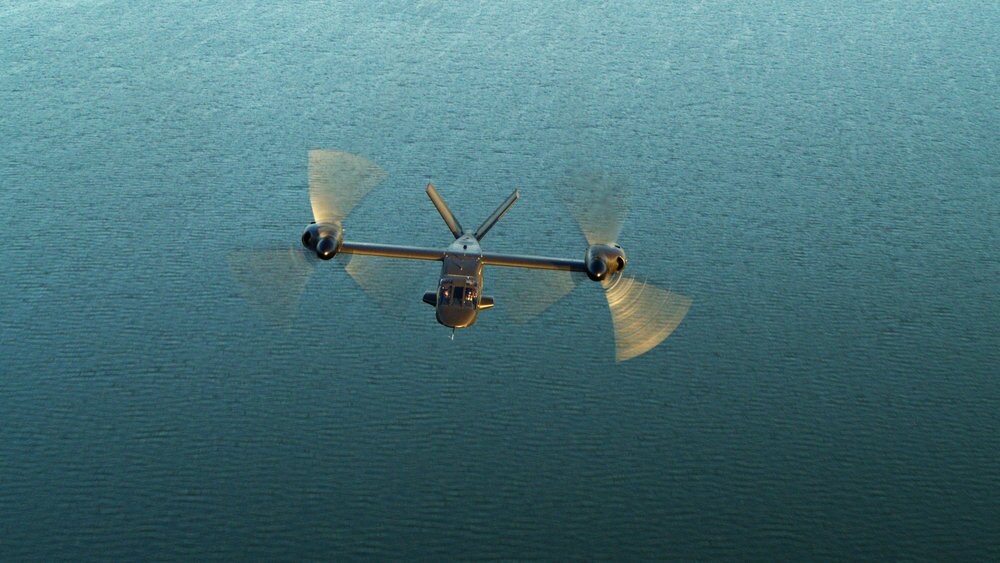
Now that the V-280 Valor has secured the prestigious position as the chosen successor, financial resources are earmarked for propelling the rotorcraft into production. The focus of these funds will be directed towards refining various aspects of the V-280, encompassing weapon system design, sustainability, digital enterprise, manufacturing processes, systems integration, flight-testing procedures, and airworthiness qualifications.

The V-280 Valor, the newfound cornerstone of the US Army’s aviation fleet, boasts an impressive array of performance metrics that underscore its capabilities in modernizing military aviation. With a cruising speed of 280 knots (320 mph, 520 km/h), the V-280 demonstrates exceptional agility and rapid deployment capabilities. Its service ceiling of 6,000 feet (1,800 m) in hover out of ground effect at 35 °C (95 °F) ensures adaptability in various operational environments. The combat range of up to 920 miles (1,480 km) and an extensive ferry range of 2,400 miles (3,900 km) position the V-280 Valor as a versatile and reliable asset for a broad spectrum of military missions.
The innovative engineering of the V-280 is further highlighted by its dual-engine configuration, featuring shared drive shafts for both rotors. This design not only enhances redundancy but also allows a single engine to power both rotors in the event of a mechanical failure. This redundancy feature is crucial for mission success and aircraft safety, providing a robust fail-safe mechanism.
One of the standout features of the V-280 Valor is its lift capacity, reaching approximately 10,000 pounds (4,500 kg) at a speed of 150 knots (170 mph, 280 km/h). This substantial lift capacity, combined with its operational speed, positions the V-280 as a formidable platform for transporting troops and equipment in diverse scenarios.
Mitch Snyder, President and CEO of Bell, expressed enthusiasm for the pivotal role the V-280 Valor plays in the Army’s aviation modernization efforts. “This is an exciting time for the US Army, Bell, and Team Valor as we modernize the Army’s aviation capabilities for decades to come,” stated Snyder. “Bell has a long history supporting Army Aviation, and we are ready to equip soldiers with the speed and range they need to compete and win using the most mature, reliable, and affordable high-performance long-range assault weapon system in the world.” The commitment to providing soldiers with cutting-edge technology underscores the dedication of Bell and Team Valor to delivering a superior and dependable asset for the US Army’s future missions.
video